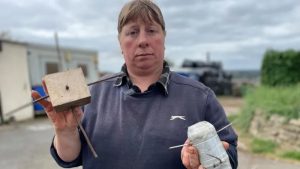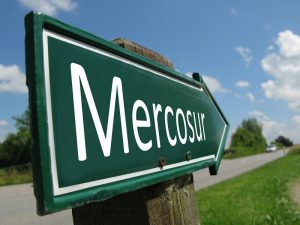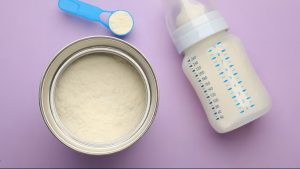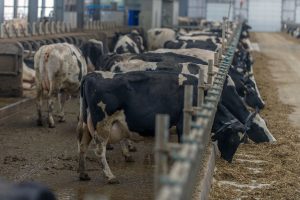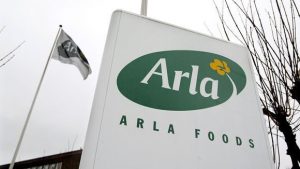
Swiss food giant Nestlé is targeting net zero emissions by 2050, with the aim of halving its GHG footprint by 2030. To achieve this, it will also need to transition to net zero dairy production.
Milk and dairy ingredients are used in Nestlé’s dairy and infant nutrition products, ice cream, beverages and confectionery. Dairy is the group’s largest raw material input – and also the biggest source of GHG emissions. Nestlé’s dairy and livestock supply chains accounted for 34.2 million tonnes of CO2 equivalent (CO2e) in 2018.
“Our actions on dairy are very important to achieve Nestlé’s ambition of reaching net zero emissions,” stressed Mayank Trivedi, Head of the Dairy Strategic Business Unit at Nestlé.
Net zero dairy reference farms
The group is working with its supply chain to develop net zero reference farms, testing new solutions that could be upscaled globally.
The company currently operates over 100 pilot projects with partners worldwide, including 20 farms it says are ‘already on a path’ to hitting net zero emissions ‘in the near future’. Nestlé has committed to sharing its learnings as it scales up these efforts to support ‘wider industry transformation’.
“We believe it is possible to step up sustainability in dairy and even go to net zero. We will take a leadership role in advancing positive change with all those working along with us in the dairy supply chain,” Trivedi noted.
Nestlé’s pilot projects are scattered around the world, recognising that the geographical and environmental diversity of global milk production means that a centralised research approach has limitations. “Across the world, we are implementing full-scale projects and pilots in partnership with farmers and suppliers to help us scale up solutions aiming at lowering our environmental footprint,” Trivedi noted.
Key reduction and mitigation efforts range from projects linked to feed and herd management, to re-thinking farm energy sources, boosting efficiency and better manure management.
Dairy’s role in a regenerative future
Nestlé’s pilot farms are also implementing practices that can help sequester carbon in the soils as part of the KitKat-to-Carnation maker’s regenerative agriculture push.
The firm has committed to investing CHF1.2 billion over the next five years to spark regenerative agriculture adoption across the its supply chain. Regenerative agriculture focuses on soil health, biodiversity and water preservation, with practices typically including efforts like cover cropping, no till methods, crop rotation, mixed farming, and hedgerows to support biodiversity.
In the context of its dairy pilots, Nestlé called out ‘acting on soil health and grazing’ as well as tree planting. “Nestlé is working in partnership with farmers and suppliers as they adapt their agricultural practices. These include using multi-species pasture, silvopasture and crop rotation, as well as cover crops and minimizing tillage,” the company said.
Focusing on families and communities
Alongside environmental sustainability, Nestlé is focusing on two further pillars: ‘families’ and ‘communities’.
The company stressed that its work in dairy is part of its responsibility to ensure ‘nutrition, quality and traceability’ remain ‘front and centre’ for its consumers, the families it supplies.
“We believe in the goodness of milk. It provides essential nutrients,” Heike Steiling, Head of Nestlé’s R&D centre for dairy, stressed.
Dairy also ‘contributes to the economic livelihoods of many farmers’, Steiling continued. The Swiss food giant wants to put dairy farming communities at the heart of its carbon reduction initiatives, including training on farm management, empowering women and developing young farmers.
In order to achieve this, Nestlé said it will leverage its R&D might, which ranges from agricultural sciences, nutrition, food safety, analytics through to product development. The depth and breadth of the group’s expertise give it an ‘inbuilt advantage on discovering solutions that help to achieve dairy sustainability goals’, Nestlé claimed.
“To help reduce dairy emissions, we leverage our scientific expertise and analytical capabilities, in collaboration with external partners to screen new science and technology solutions and assess their impact on the nutritional and sensorial quality of milk,” Steiling explained.





